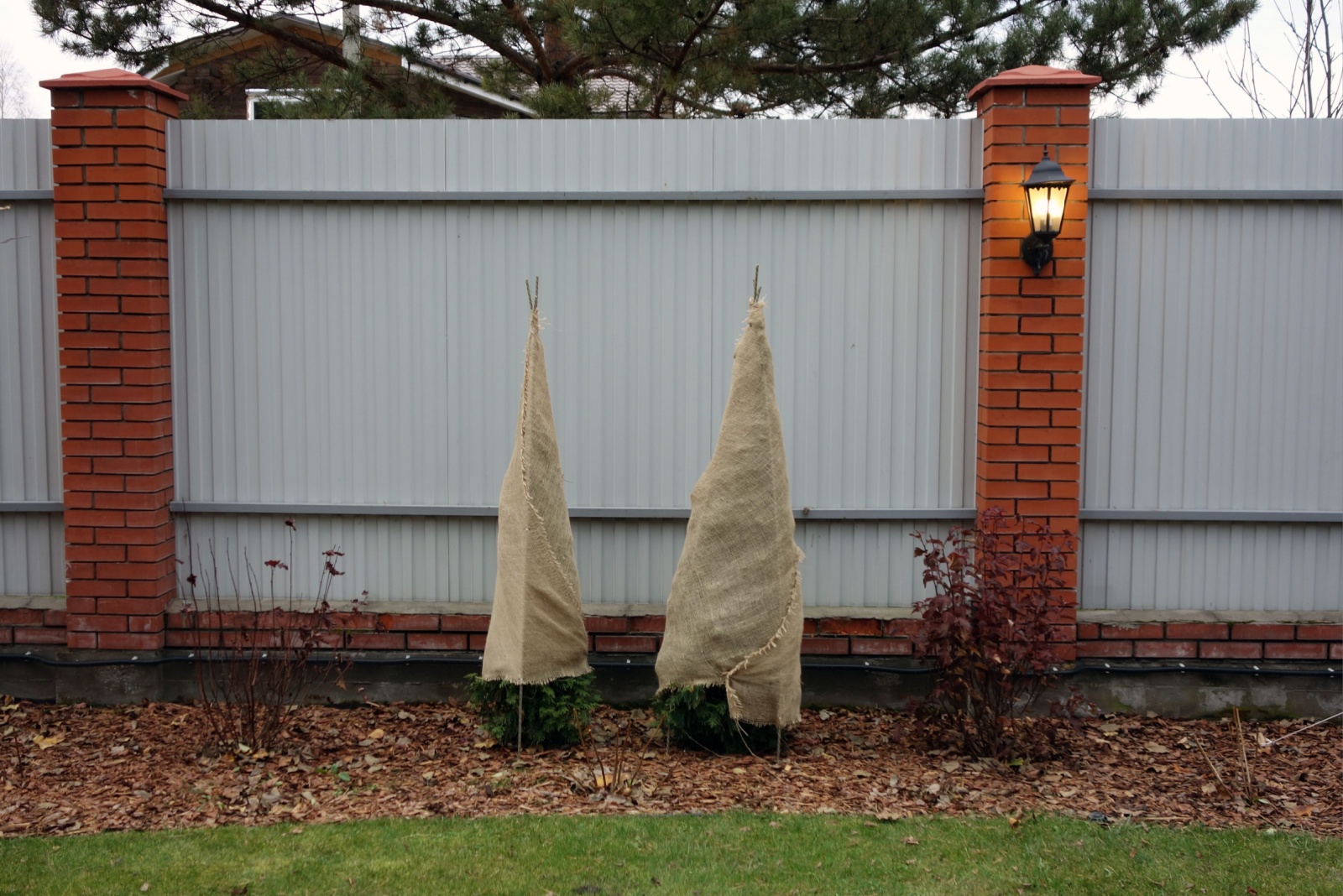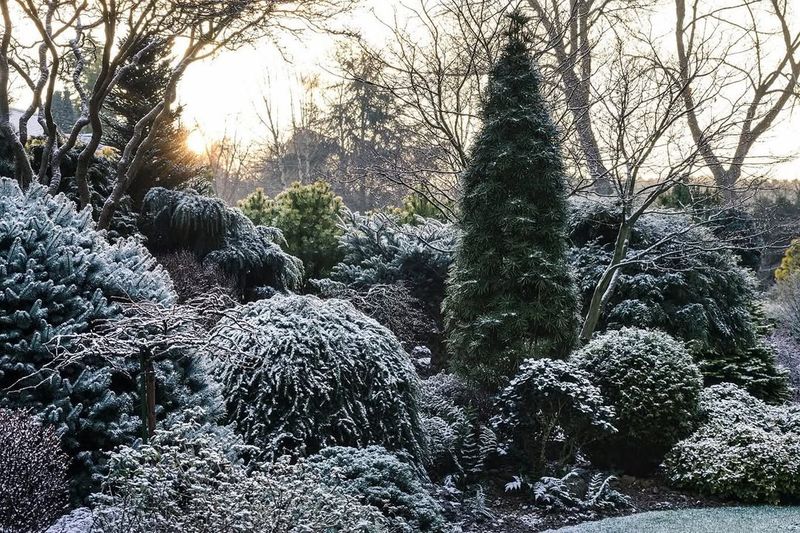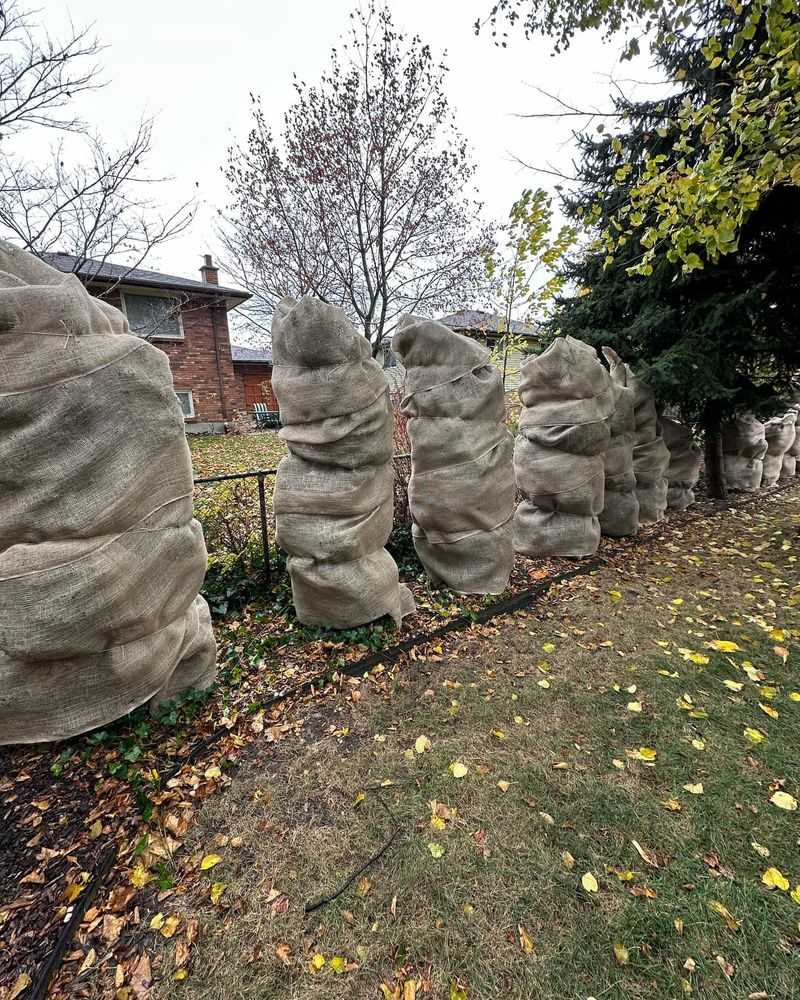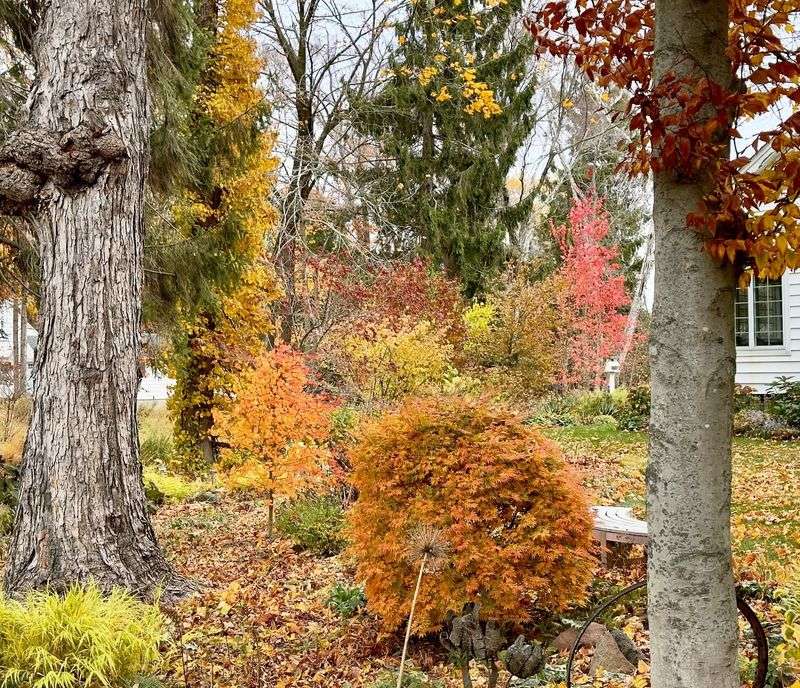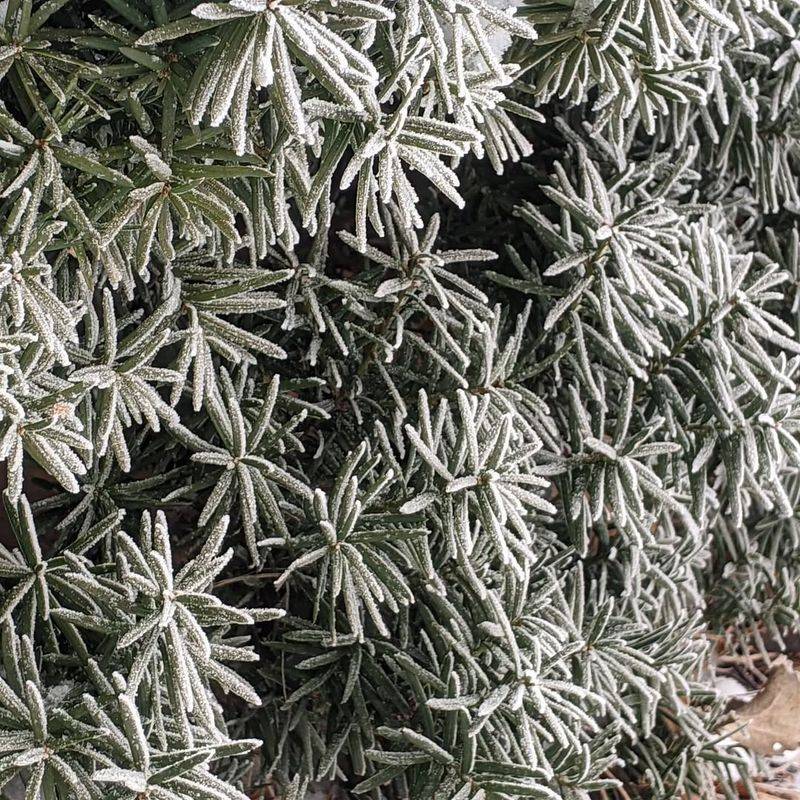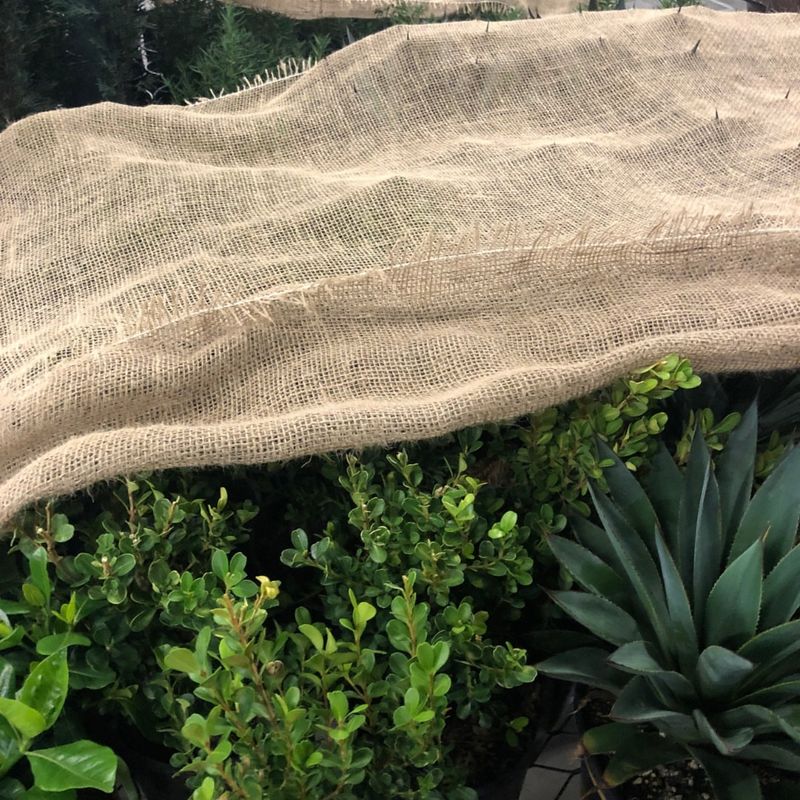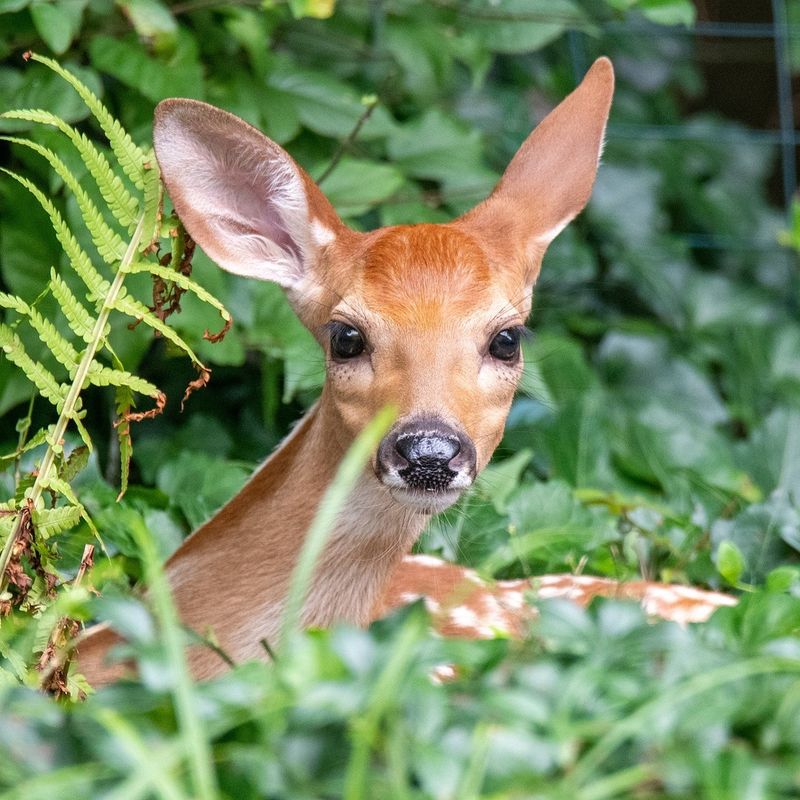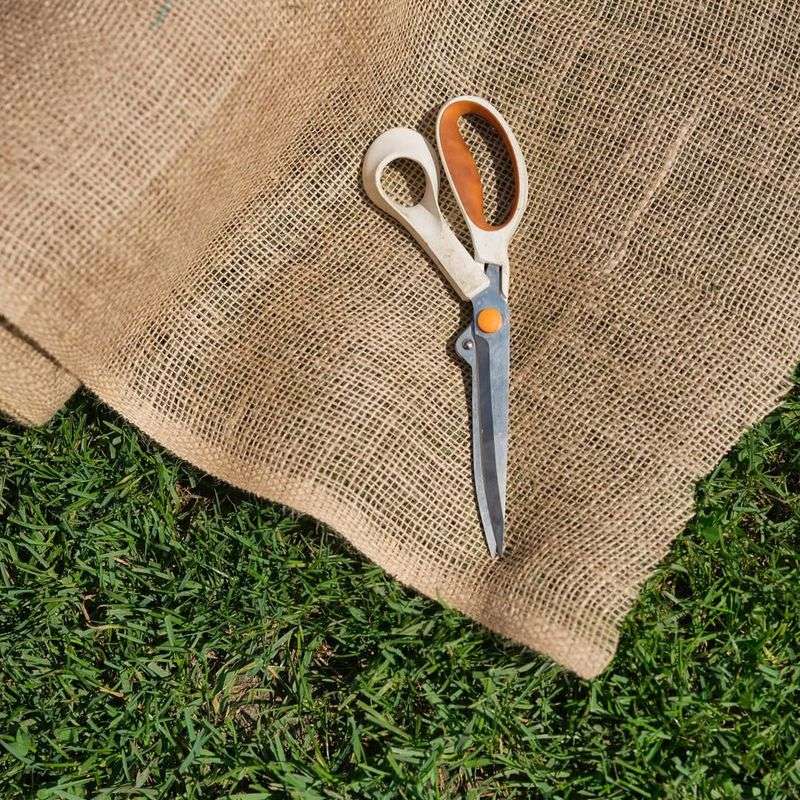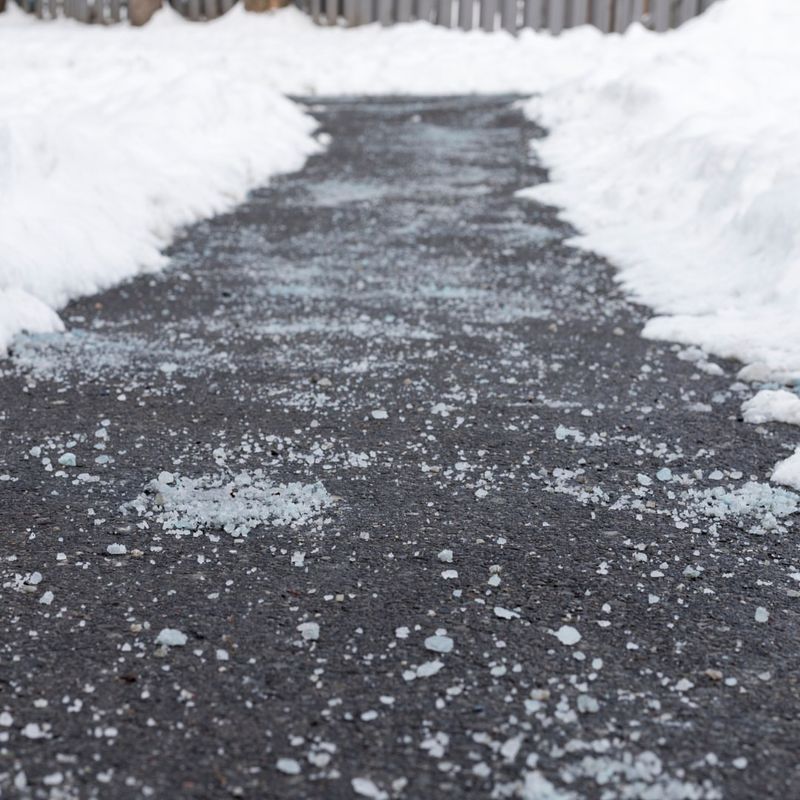December may bring mild days to Alabama, but the nights can bite back without warning.
That’s why gardeners across the state are wrapping their shrubs in burlap like holiday presents with a purpose.
This simple old-school trick guards plants against sudden cold snaps, whipping winds, and winter burn that can leave even the toughest shrubs looking worse for wear.
With a quick layer of burlap armor, Alabama homeowners keep their landscapes looking sharp all winter long—no frostbite, no fuss.
Frost Protection During Cold Snaps
Alabama winters bring unpredictable temperature swings that catch many plants off guard.
One day it’s 65 degrees, the next morning frost blankets your yard.
Burlap creates a protective barrier that shields tender shrub foliage from freezing air.
The fabric traps warmth close to the plant while still allowing air circulation.
Young or newly planted shrubs especially benefit from this extra layer of defense.
Without protection, frost can damage leaves and set back spring growth considerably.
Blocking Harsh Winter Winds
Wind can be surprisingly brutal on shrubs during Alabama’s winter months.
Strong gusts pull moisture from leaves faster than roots can replace it, causing desiccation damage.
Burlap acts like a windbreak, reducing the force hitting your plants.
Evergreen shrubs suffer most from wind damage since they keep their leaves all winter.
The woven texture of burlap slows wind speed without completely blocking airflow.
Many gardeners position stakes around shrubs and wrap burlap around them for maximum wind protection.
Preventing Sun Scald On Evergreens
Bright winter sun combined with frozen soil creates a dangerous situation for evergreen shrubs.
Sunlight warms the leaves during the day, triggering photosynthesis and water demand.
But frozen roots cannot supply that water, leading to brown, scorched foliage called sun scald.
Burlap provides gentle shade that reduces this temperature fluctuation.
The material filters harsh sunlight while maintaining enough light for plant health.
Boxwoods and hollies particularly appreciate this protection throughout December and January.
Shielding Against Ice Damage
Ice storms occasionally strike Alabama, coating everything in a heavy frozen layer.
The weight of ice can snap branches and permanently deform shrub shapes.
A burlap covering helps ice slide off more easily rather than accumulating on delicate branches.
The fabric also cushions branches, preventing them from breaking under pressure.
Gardeners often secure burlap loosely to allow some give during ice events.
This simple precaution saves countless shrubs from structural damage that takes years to recover from naturally.
Maintaining Moisture Levels
Winter air in Alabama tends to be dry, especially when cold fronts blow through.
Shrubs lose moisture through their leaves even during dormancy.
Burlap helps trap humidity around the plant, creating a more stable microclimate.
This moisture retention proves especially valuable for recently transplanted shrubs still establishing root systems.
The fabric reduces transpiration rates without suffocating the plant.
Azaleas and camellias, which prefer consistent moisture, thrive better when burlap keeps their environment from drying out completely during winter.
Deterring Hungry Wildlife
Deer, rabbits, and other critters get desperate for food during winter months.
Your carefully tended shrubs suddenly look like an all-you-can-eat buffet to hungry wildlife.
Burlap wrapping makes plants less accessible and less appealing to browsing animals.
The rough texture and unfamiliar appearance often convince wildlife to look elsewhere for meals.
While not foolproof, burlap adds an extra obstacle that protects vulnerable new growth.
Many Alabama gardeners report significantly less browsing damage on wrapped shrubs compared to exposed ones throughout winter.
Protecting Tender Tropical Plants
Alabama gardeners love pushing boundaries by growing tropical and subtropical shrubs.
Gardenias, hibiscus, and citrus plants add beauty but cannot tolerate hard freezes.
Burlap provides enough insulation to help these tender plants survive occasional temperature dips below freezing.
Combined with mulch around the base, burlap wrapping can mean the difference between survival and loss.
The protection allows gardeners to grow plants typically suited for warmer zones.
Just remember to remove coverings during warm spells to prevent overheating and fungal issues.
Reducing Salt Spray Damage
Road salt used during Alabama’s occasional winter storms can drift onto nearby shrubs and cause severe damage.
Salt spray burns foliage and disrupts plant metabolism, leading to brown tips and stunted growth.
Burlap barriers intercept salt-laden spray before it reaches plant tissues.
Shrubs planted near streets or driveways face the highest risk from deicing chemicals.
The fabric catches salt particles and prevents direct contact with leaves.
After winter passes, simply remove the burlap and rinse your shrubs to wash away any accumulated residue completely.
Extending The Growing Season
Wrapping shrubs in burlap creates a warmer microenvironment that can extend productive growth by several weeks.
The insulation effect keeps soil temperatures more stable and protects against early frosts.
Some shrubs continue developing root systems longer when given this protection.
Earlier spring growth also results when plants stay warmer through winter dormancy.
Burlap-wrapped shrubs often leaf out and bloom ahead of unprotected neighbors.
For Alabama gardeners eager for spring color, this head start makes December’s wrapping effort worthwhile and satisfying come March.

